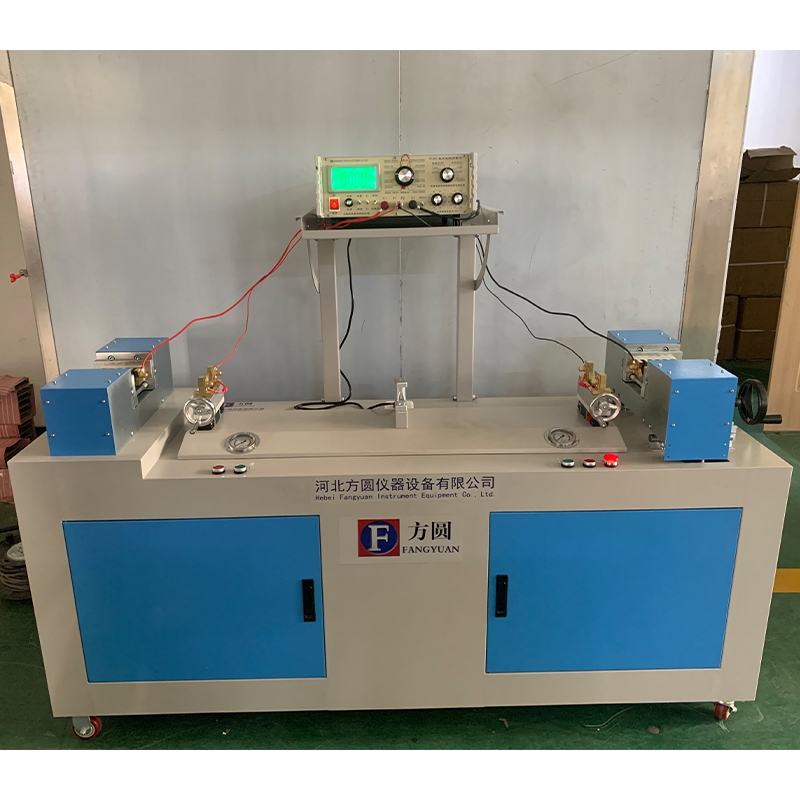china conductor resistance test
Understanding the China Conductor Resistance Test Importance and Methodology
Electrical conductivity is a fundamental property of materials that impacts various applications in the electric and electronics industries. Among such applications, the ability to measure the resistance of conductors is crucial. In China, conductor resistance testing is a standard procedure that ensures the quality and reliability of electrical components. This article delves into the significance, methodologies, and implications of the conductor resistance test in China.
The Importance of Conductor Resistance Testing
Conductor resistance tests are essential for several reasons. First and foremost, they help ascertain the quality of materials used in electrical conductors. High conductivity is desirable for efficient energy transmission. A low resistance value signifies that the conductor can transmit electricity with minimal losses, enhancing overall system performance. Conversely, high resistance can result in energy wastage and overheating, potentially leading to failures or safety hazards.
In addition to assessing quality, conductor resistance testing is also crucial for meeting regulatory compliance. In China, various standards and regulations govern the electrical industry. Compliance with these standards is not only essential for safety and reliability but is often a requirement for market entry.
Moreover, conductor resistance testing is used in routine maintenance of electrical systems. Regular testing can help identify wear, corrosion, or other forms of deterioration that could compromise a conductor's performance over time. By conducting these tests, companies can schedule timely maintenance and avoid unexpected failures that could lead to costly downtime.
Methodologies for Conductor Resistance Testing
The methodologies employed in China for conductor resistance testing are varied, but the most common technique is the four-wire (Kelvin) method. This method minimizes the impact of contact potential and lead resistance, providing a more accurate measurement of the conductor's true resistance.
china conductor resistance test

1. Four-Wire (Kelvin) Method This technique uses four separate probes to measure resistance. Two wires supply the current, while the other two measure the voltage drop across the conductor. The resistance is then calculated using Ohm's Law (R = V/I). This method is particularly effective for measuring low resistance values typically found in good quality conductors.
2. Two-Wire Method While simpler, the two-wire method can introduce significant error due to contact resistance and lead resistance. It is more suitable for high-resistance measurements, where precision is less critical.
3. Resistance Bridge A more sophisticated approach involves using a resistance bridge, which provides graphical and numerical data on resistance under varying conditions. This method is often employed in laboratory settings for precise measurements.
4. Digital Multimeters (DMM) With advances in technology, modern digital multimeters are increasingly being used for conductor resistance testing. These devices allow for quick assessments and can often store and display data for easy analysis.
Implications and Future Directions
As China continues to expand its electrical infrastructure, the demand for reliable conductor resistance testing will only grow. The advancement of smart technologies and increased focus on renewable energy sources underscore the importance of conductor resistance tests in ensuring efficiency and safety.
Moreover, with the rise of automation and Industrial Internet of Things (IIoT), integrating digital testing solutions and real-time monitoring systems into conductor resistance testing is likely to enhance accuracy and reduce human error. This shift could lead to more predictive maintenance approaches, allowing companies to optimize their operations.
In conclusion, conductor resistance testing is a crucial aspect of the electrical industry in China. By ensuring that conductors meet required standards, these tests contribute to the safety, reliability, and efficiency of electrical systems. As technology advances, the methodologies for such tests will likely evolve, but the fundamental importance of ensuring high-quality conductors will remain constant. As the industry progresses, staying abreast of these developments will be essential for manufacturers, regulators, and engineers alike.
-
Why the Conductor Resistance Constant Temperature Measurement Machine Redefines Precision
NewsJun.20,2025
-
Reliable Testing Starts Here: Why the High Insulation Resistance Measuring Instrument Is a Must-Have
NewsJun.20,2025
-
Flexible Cable Flexing Test Equipment: The Precision Standard for Cable Durability and Performance Testing
NewsJun.20,2025
-
Digital Measurement Projector: Precision Visualization for Modern Manufacturing
NewsJun.20,2025
-
Computer Control Electronic Tensile Tester: Precision and Power for the Modern Metal Industry
NewsJun.20,2025
-
Cable Spark Tester: Your Ultimate Insulation Assurance for Wire and Cable Testing
NewsJun.20,2025
 Copyright © 2025 Hebei Fangyuan Instrument & Equipment Co.,Ltd. All Rights Reserved. Sitemap | Privacy Policy
Copyright © 2025 Hebei Fangyuan Instrument & Equipment Co.,Ltd. All Rights Reserved. Sitemap | Privacy Policy
